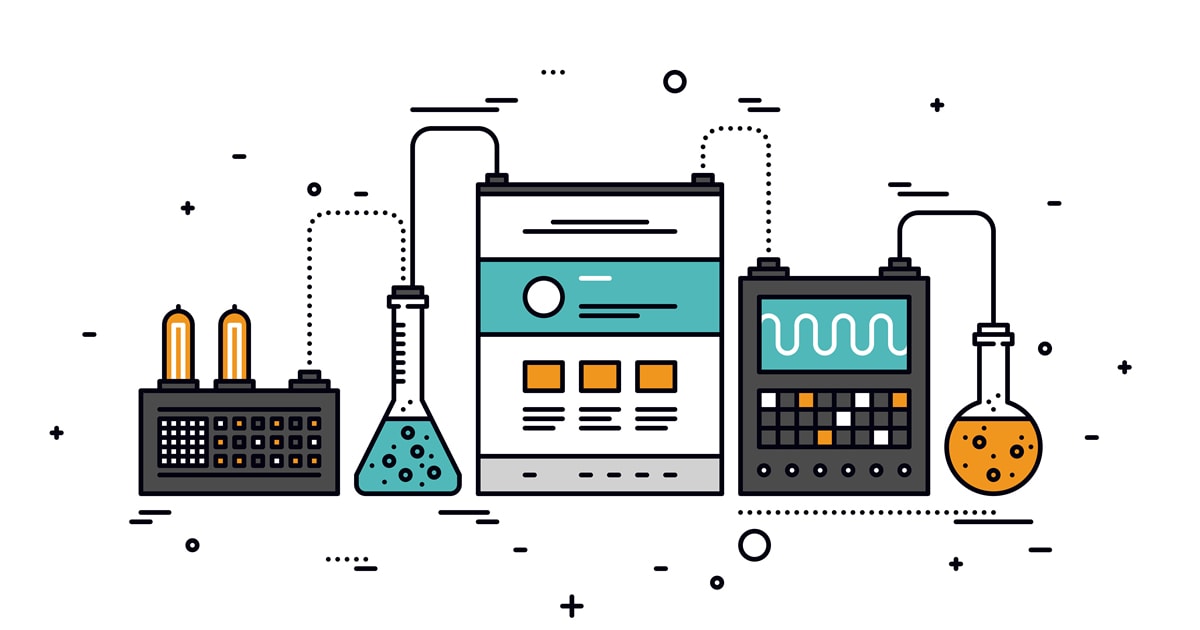Integrating Email Marketing, CRM, & Marketing Automation, part 2

Happy New Year! Ready to kick your marketing automation into gear for 2017? Awesome, let's pick up where we left off...
In our last blog post, we discussed putting together a list of actions that users take on your website, and giving those actions a score based on the level of buying intent indicated. We also discussed creating a ‘threshold’ score – a score based on the top 5-7 actions that indicate buying intent.
With these two pieces of the puzzle in place, we’re ready to start the automation process.
Note: This assumes that you already have tracking in place for your CRM, email, and marketing automation solutions. I recommend using a service such as Mautic or the free version of HubSpot if you’re just starting out and need a free solution. Paid options are many, including Active Campaign, HubSpot, and Pardot (for larger businesses). If you need help, drop me a line—I’m happy to assist!
Creating automation actions to streamline sales
To start off, create a list of actions that will be helpful to closing the sale. Our list may look something like this:
- I want to be notified when a person who has downloaded high-value content takes a look at our pricing page.
- I want to be notified when a person crosses the threshold score.
- I want to be notified whenever a person over the threshold score is looking at the pricing or demo pages.
- I want to send a webinar invitation to anyone viewing the demo page with a score at or near the threshold score.
- I want to follow-up with people at or near the threshold score who have attended a webinar this week.
This is a list of very basic notifications, but already you can see how this will streamline your sales process – you get a list of everyone who shows high interest in your product or service, and people who might be on the fence get a little more information to help seal the deal.
Automate your messaging, but don’t overdo it
The next step is crafting the emails that will go out automatically whenever your pre-defined conditions are met.
At this point, it’s important to note that we want our communications to be as natural as possible. Marketing automation may make it easier to follow-up, but authenticity is still important. Too much automation runs the risk of coming across as “canned” or “stalker-ish” if we aren’t careful with how we frame our messaging.
Personally, I’m not a fan of using wording such as “Hey, we noticed you downloaded X and thought you might be interested in Y” when it comes to making a connection with a prospect. Instead, I recommend something like:
Subject Line: Need help with [topic]?
Hi Angie,
We just put together a new set of resources on how to [fill in the blank] and thought you might be interested. Here’s the link if you’d like to know more.
This comes across as far more natural and conversational. It also opens up the possibility of giving Angie a call later in the week if she does download the resources or look at your page.
If you’ve set up your tracking correctly, you’ll be able to view the types of content that Angie has browsed on your site during that call, which makes it easier to ascertain what she needs help with, and how you can assist.
Marketing automation helps the top of the funnel, too
And what about the people who are on the low end of your engagement scale? Maybe they’ve looked at some of your blog posts, watched a video or two, but just aren’t at the commitment stage.
Well, if they’ve signed up to your email list, keeping track of the topics they find most interesting can give you the opportunity to provide them with highly-targeted information to help them decide if your product or service is right for them.
Done well, this saves you time and money, as people who aren’t right for your business will unsubscribe while people who are your ideal customer will continue to be interested in your content and move through the sales process.
Never strive for the largest list possible. Instead, strive for the most engaged list possible.
Using marketing automation at the top of the funnel might look something like this:
- When a person signs up for our newsletter, send a questionnaire on their top interests.
- When a person reads x number of articles on [topic] move them to the topic-specific list.
- When a person attends a webinar, send a follow-up email with slides and additional tools.
And of course, there is the ever-popular “mini course” concept, where you send people information over the course of several weeks or a month to teach them something valuable while also proving the value of your product or service.
As you can see, integrating your email marketing, CRM, and automation can lead to deeper insights and more sales while saving you considerable time in the process. For a more in-depth look at how to set up your marketing automation flows, sign up for the online marketing webinar series.
Starting in late February, I’ll take you through the set-up and creation of an online marketing system that includes:
- Building an email list
- Social media advertising
- Basic marketing automation

Hi,
At Spire Technologies, my present employer, I want to send automated e-mails every week to a set of people which is at a number of 7K as of now and would grow it eventually.
Let me know about your services in this regard.
Cheers!